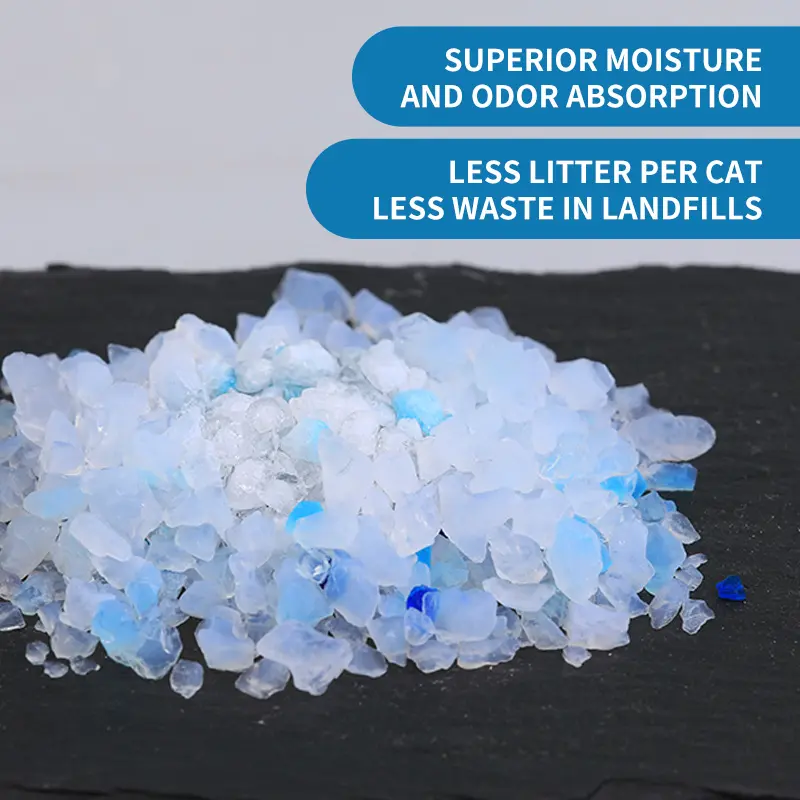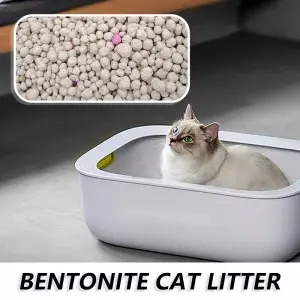Your new kitten may or may not already know how to use a litter box. It all depends on how it was raised by its mother. Kittens learn most of their behaviors from their mother over the first six weeks of their lives. If the mother uses a litter box, then the kitten will likely learn this before being adopted into a new home. However, if the kitten was raised outdoors or was separated from the mother too early, it might have no knowledge of litter boxes or even proper elimination habits. This is where you come in and begin litter box training.
Choose the Best Litter Box
Your kitten needs an easily accessible litter box, so choose something with low sides that it can easily step into. It should be big enough for the kitten to turn around and eliminate in more than one spot as well. A basic small plastic litter box can work well. However, you may wish to start with something like an old baking pan or a shirt box with a liner, especially if your kitten is very tiny.
Covered litter boxes may or may not work for your kitten. In the beginning, it may be best to use an open box so you can observe your kitten in it. Once your kitten learns to use the box, you may wish to try covering one box and leaving another open so you can learn if your cat has a preference. Some cats prefer the privacy of a covered box, while others dislike the closed-in feeling.
If you have multiple cats, a good rule of thumb is to have one litter box per cat, plus one extra. It's still a good idea to have two litter boxes if your kitten is the only cat in your home. In a multi-story home, put a litter box on each level.
Choose the Right Litter
The type of litter you choose can make a big difference in how well your kitten takes to litter box training. The texture of scoopable litter is generally preferred by cats over the larger non-scoopable clay style. Unscented litter is best because perfumes can overwhelm your kitten's sensitive olfactory system.
Be aware that some kittens will eat cat litter when they are first introduced to it. This can lead to dangerous gastrointestinal problems. For this reason, you may wish to choose corn- or wheat-based scoopable litter.
You may also wish to get a mat to place outside the box to catch litter particles as kitty steps out. Make sure you choose something that will feel soft and comfortable on your cat's paws. Rough or spiky surfaces are likely to deter your cat from entering the litter box.
Create a Safe Environment
The litter box should be placed in a private yet accessible area of your home. Avoid cramped spaces like under cabinets or in small closets. Make sure the box is not next to a loud appliance or something else that makes scary noises.
The litter box should not be placed near your kitten's food and water dishes, nor should it be too close to your kitten's favorite sleeping spots. Kittens and cats naturally prefer not to eliminate near their food and beds.
Keep It Clean
Maintain a clean litter box and keep the surrounding area as clean as possible. Scoop the litter box once or twice a day. Immediately clean up any accidents made outside the box and sweep up stray litter pieces regularly.
A clean, neutral-smelling litter box is much more inviting to cats and kittens. A dirty litter box can easily lead to unwanted elimination behaviors, like peeing on laundry or rugs.











